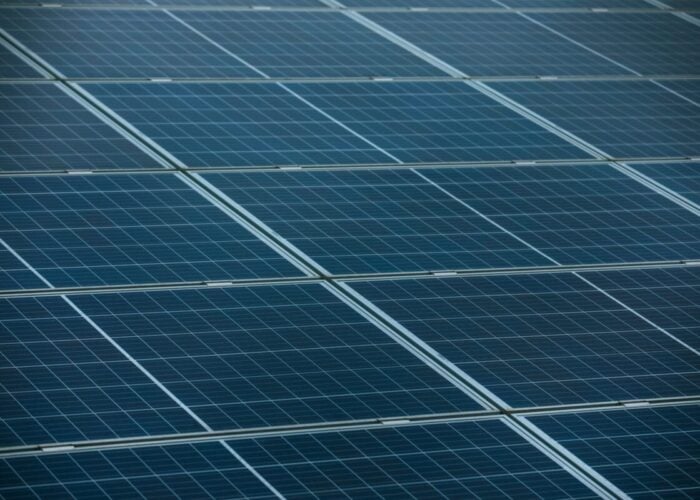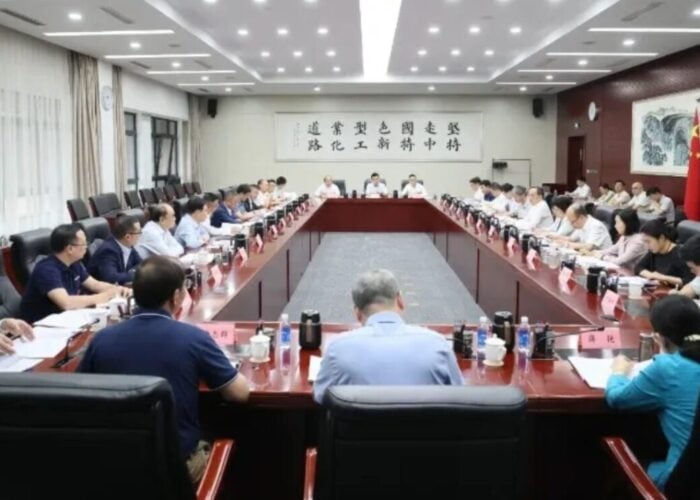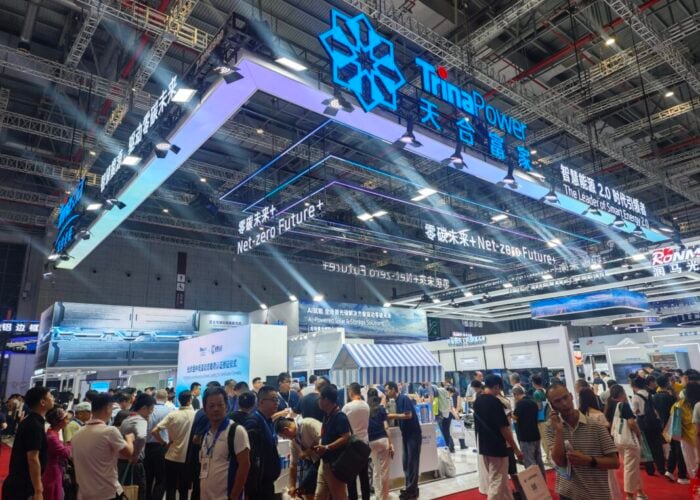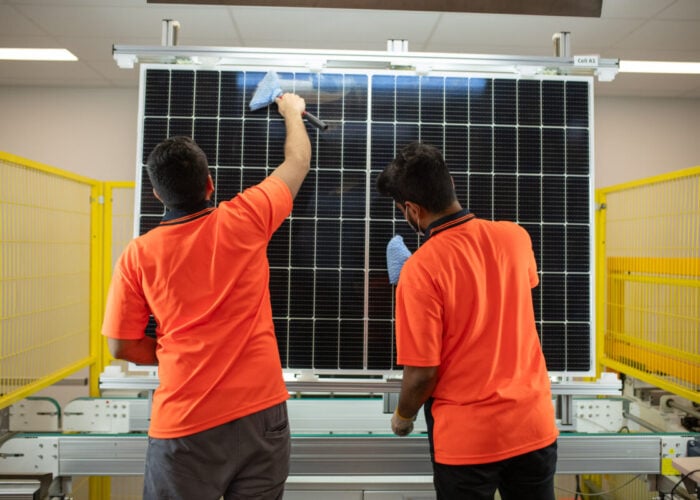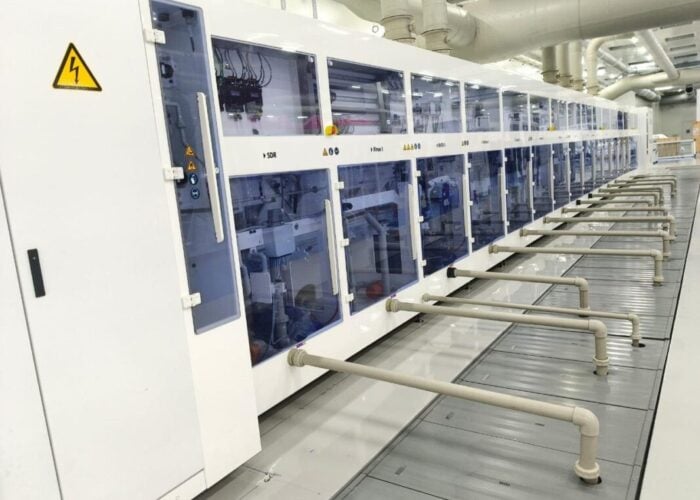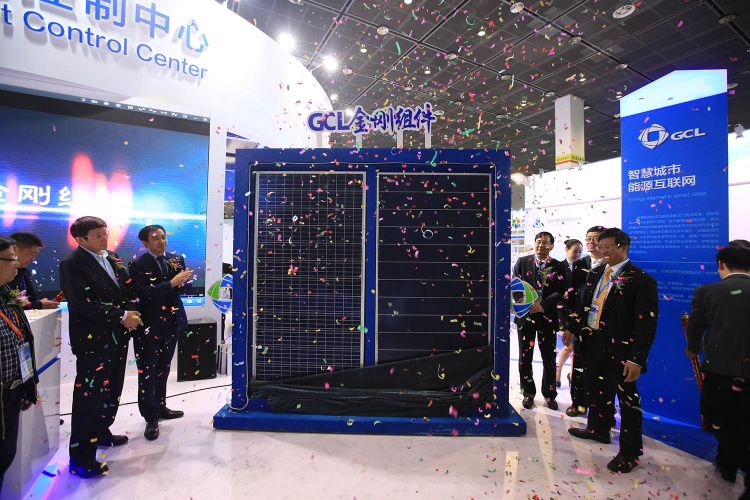
China-based PV manufacturer GCL System Integration Technology (GCL-SI) has broken its own solar cell average efficiency for its self-developed PERC cells in mass production by utilizing Reactive Ion Etching (RIE) technology – reaching 20.6% from 20.1% in February.
“We have now effectively resolved the issue of multicrystalline PERC cell degradation and power loss,” said Zhang Chun, head of GCL-SI's R&D cell team. “Through proper regeneration annealing processing, an additional absolute efficiency gain up to 0.15% can be reached. Furthermore, the LID results show properly treated cells have significant improvement in degradation behaviour with less than 1% relative efficiency loss.
Unlock unlimited access for 12 whole months of distinctive global analysis
Photovoltaics International is now included.
- Regular insight and analysis of the industry’s biggest developments
- In-depth interviews with the industry’s leading figures
- Unlimited digital access to the PV Tech Power journal catalogue
- Unlimited digital access to the Photovoltaics International journal catalogue
- Access to more than 1,000 technical papers
- Discounts on Solar Media’s portfolio of events, in-person and virtual
“GCL-SI will further advance towards the goal of realising an average efficiency of 20.5% and a maximum efficiency of somewhere between 20.8% and 21% in 2017,” he added.
The company recently showcased its ‘black silicon’ multicrystalline modules, its latest mono PERC offerings and dual-glass products as well as energy storage systems at Intersolar Europe. Black silicon is well-known for its extremely low reflectance and low absorption of some kinds of photovoltaic applications. GCL-SI has taken the lead in the integration of all three existing methods – additive direct texturing, metal assisted chemical etching (MACE), and RIE – thus making massive manufacturing a reality in terms of cost reduction and efficiency gain.
GCL-SI will continue its efforts to scale-up the mass production of PERC solar cells.

